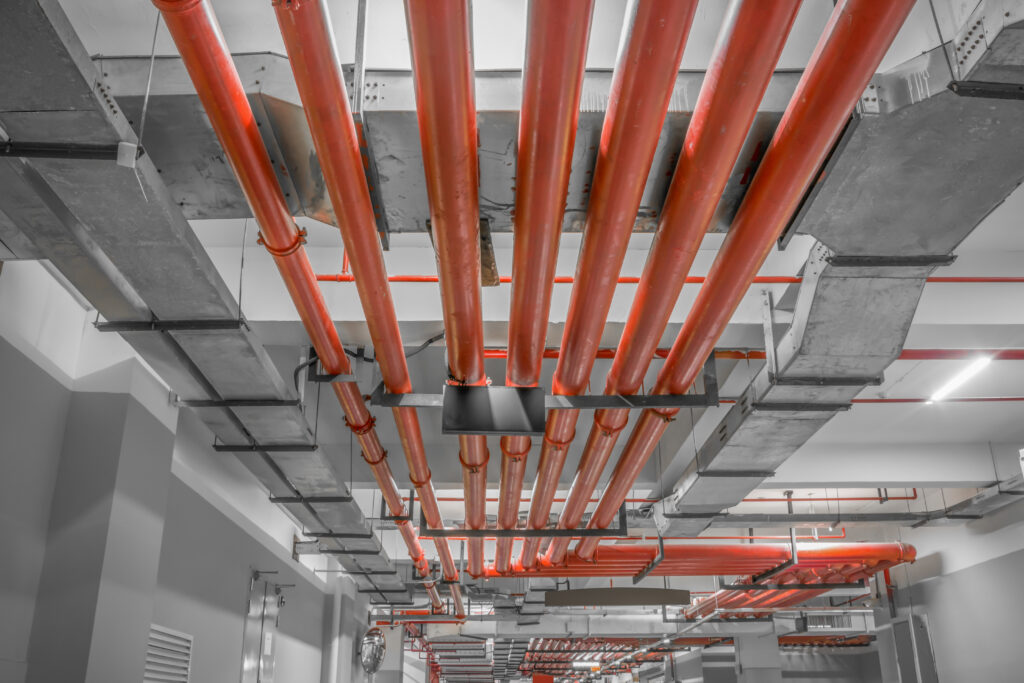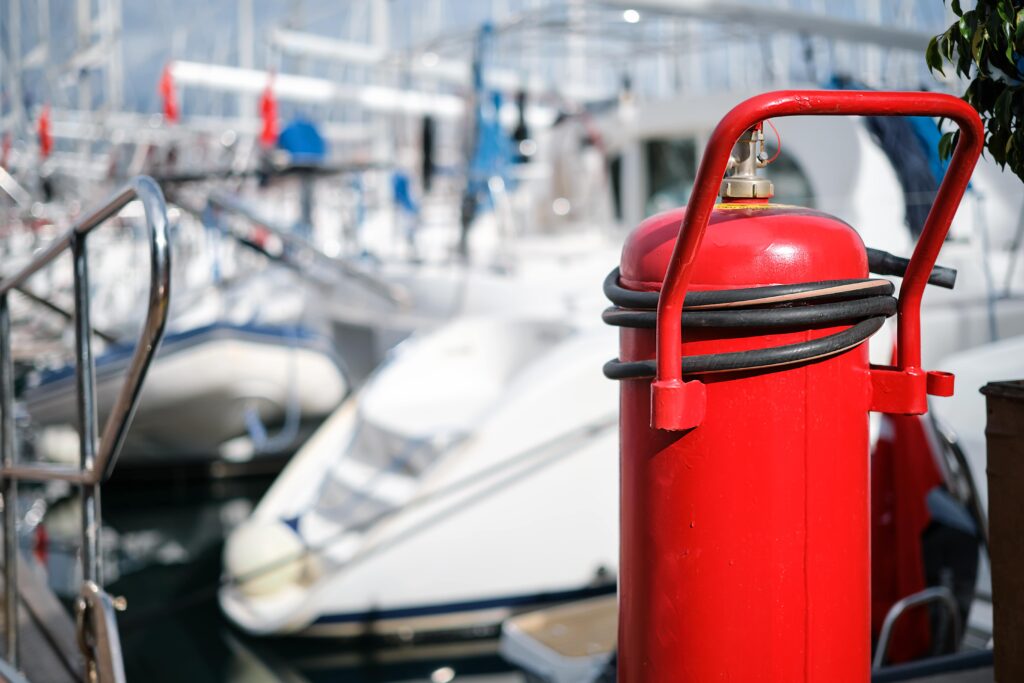Fire Fighting

Sustainable Firefighting: Environmentally Friendly and Energy-Efficient Combat
Fire, not only causing physical damage but also leaving significant impacts on the environment and living beings, is a disaster. Therefore, when developing firefighting strategies and equipment, a focus on minimizing environmental effects and reducing energy consumption is crucial. Emphasizing firefighting efforts on minimizing environmental impacts and energy consumption forms the basis of a more sustainable approach to fire safety.
Basic Elements of Fire and Environmentally Friendly Combat
-
Control of Combustible Materials: Preventing materials from the fire’s origin from harming the environment initiates a sustainable firefighting strategy. The use of recyclable and environmentally friendly materials can minimize post-fire environmental pollution.
-
Oxygen Control: Effectively using and preventing unnecessary consumption of oxygen during firefighting operations is important for energy savings.
-
Heat Control: Considering the environmental effects of cooling agents used in firefighting operations, environmentally friendly alternatives should be preferred. Water-based solutions or biodegradable materials are advantageous for environmental sustainability.

Energy-Efficient Firefighting Equipment
-
Use of Renewable Energy: Obtaining a portion of the energy used for firefighting equipment from renewable sources is crucial for energy efficiency. Clean energy sources such as solar or wind energy can enhance the sustainability of firefighting systems.
-
Use of Smart Technology: The use of smart technologies in fire detection and extinguishing systems can optimize energy consumption. Smart sensors can more accurately identify fire risks, preventing energy waste.
Firefighting Applications in Various Fields
1. Fire Sprinkler Systems
Implementing Fire Sprinkler Systems with Environmental Considerations
2. Water-Cooled Chiller Systems
Energy-Efficient Approaches in Water-Cooled Chiller Systems for Fire Safety
3. Hydrant Systems
Optimizing Hydrant Systems for Sustainable Firefighting Practices
4. Smoke Exhaust Systems
Environmentally Friendly Smoke Exhaust Systems: Enhancing Fire Safety
5. Plant Room Fire Safety Applications
Sustainable Approaches in Fire Safety for Plant Room Installations
6. Gas Fire Extinguishing Systems
Environmentally Conscious Gas Fire Extinguishing Systems: A Comprehensive Overview
7. CO Exhaust Systems for Car Parks
Reducing Environmental Impact: CO Exhaust Systems Applications in Car Parks
8. Seismic Systems in Fire Safety
Integrating Seismic Systems for Enhanced Fire Safety Measures


